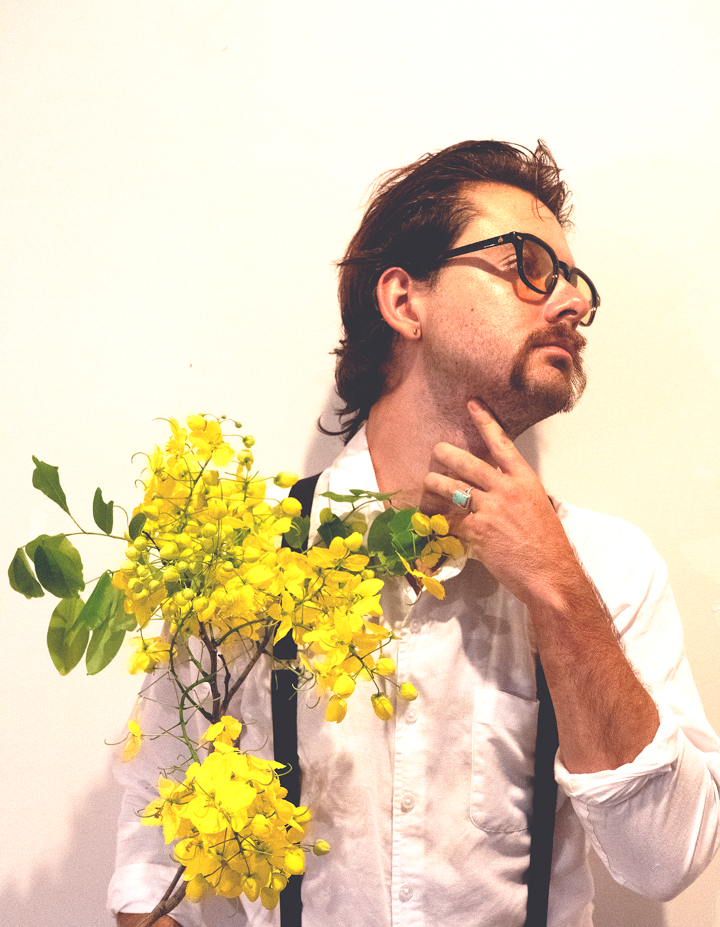Not just a Lady Painter: Joan Mitchell’s Unrelenting Genius.
- Thomas Hannah

- Mar 21, 2023
- 3 min read
“Lots of things women can’t be, ‘sauvage’ is one of them”—Joan Mitchell.
Written by Thomas Hannah; edited by Ellie Henderson
When one thinks of abstract expressionism, it's artists like the provocative and cognitive Mark Rothko or the hyper-masculine Jackson Pollock one’s mind jumps to. Of powerful and spontaneous gestures without great emphasis on concept or muse, of ego and testosterone and the segregation of ‘Lady Painters’ to more formulaic works, or to remain as rendered ideals upon canvas.
Although viewed by its critics as carefree, rudimentary, and thoughtless, abstract expressionism showcased a sense of energy and freedom lacking in its predecessors. Despite the fact it was free via form and spontaneity, abstract expressionism was still weighed by the chains of racial, sexual, and gender bias of the time. Throughout its peak in the 1940s–50s, abstract expressionism's superstars were predominantly male. Men enjoyed the fruits of critical and social success, particularly Pollock, who garnered fame through works like his magnum opus—‘Blue Poles’, a piece which implies: ‘If you don’t get it, too bad’.
Like with many artistic endeavours of the time, women were sidelined and their talent went largely unappreciated. With most artists and critics subscribing to the notion that women could not paint, the success of the unapologetic Joan Mitchell is even more notable. Never one to disregard the fact she indeed was a woman and indeed was treated differently and indeed could paint, Joan’s self-awareness, tenacity, and disregard for her inherited and undeserved shortcomings was a great factor in her success. Her practice did not lean in any gendered direction and nor should her recognition, regardless of time and place.
Joan noted that curators and critics were particularly nice to her because of her position as a female, as she was ‘not a threat to anybody’. Whilst quite the contrary, Mitchell was highly competitive with her peers, and although reshaping the position of femininity in high art, was anything but unthreatening.
Stating that galleries would take only ‘In most of two women, a quota system’, Mitchell was particularly wary of her female counterparts up until 1976, when she subscribed to ‘The Women Artists Newsletter’, and continued her support for fledgling artists with the posthumous formation of ‘The Joan Mitchell Foundation’, created to support artists and continue Mitchell’s legacy.
Joan’s work, often signifying conflict and drama with beauty and balance, was described as ‘sauvage’ in Europe. Something Mitchell believed women were not permitted to be, and something central to her ethic—savage, direct, unyielding, and stoic, ’sauvage’. In a time where female artists were rarely regarded with such prestige as their male peers, Mitchell’s success seems extraordinary. Although on the other hand, with such talent and unyielding tenacity her success seemed inevitable, and reiterates the ideals of equality and worth based upon one’s actions and contribution, not trivial and superficial characteristics.
Unfortunately, artists like Joan Mitchell (1925–1992) or Frida Kahlo (1907–1954) were exceptions of their times, and too often today great art and artists are still being buried under entrenched ideals of ‘normalcy’ and ‘marketability’, something we see movements preaching equality and recognition of the segregated attempt to dismantle today. There is a way to go, but when we see the mask minorities have been gifted by the majority removed and equality shared, all will benefit.
Joan Mitchell’s tenure as one of the hardest working and exciting artists of the last forty years, despite societal and critical prejudice, should cement her as an inspiration for all other artists toiling in this field & beyond: an example of success through stifling bias.
Not just a ‘Lady Painter’.

Joan Mitchell (1925 – 1992) in her studio, Paris, France, September 1956. Photo: Loomis Dean / The LIFE Picture Collection / Shutterstock/ Source:https://www.sfmoma.org/read/8-joan-mitchell-paintings/






Comments